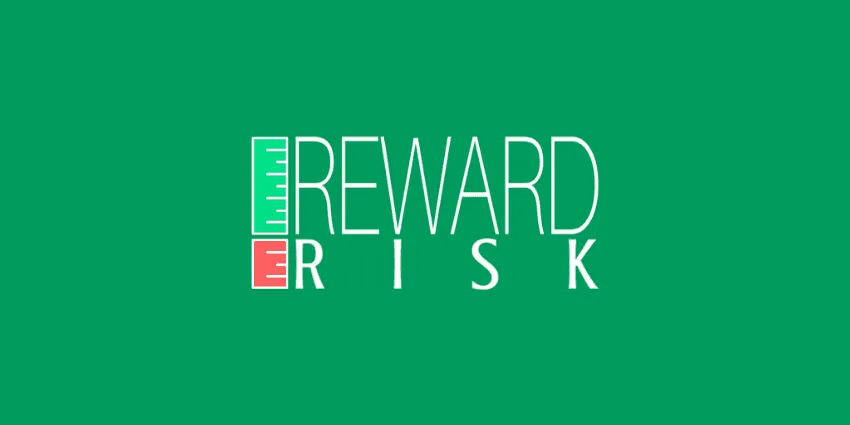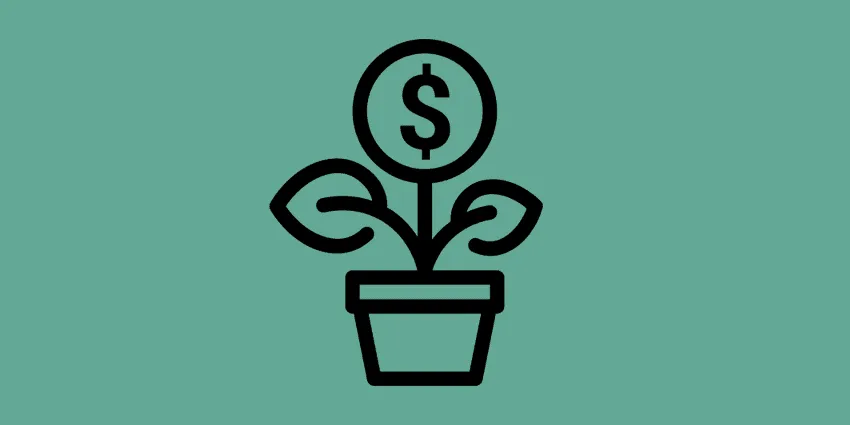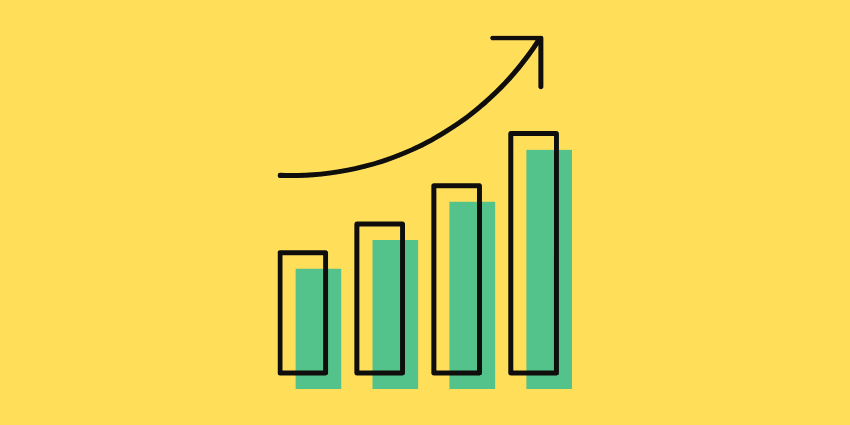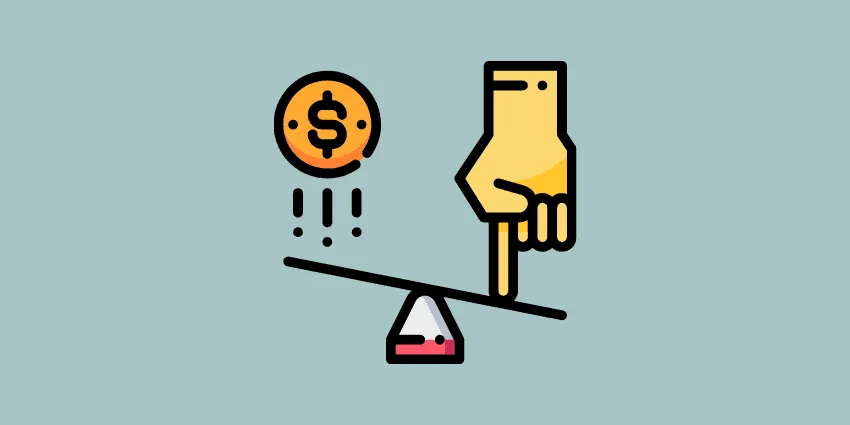
Although the exchange of foreign currencies can be tracked back to ancient times, the formal Forex market we are most familiar with today has been around since the mid 1970’s. In the last couple of decades the retail, or over-the-counter, foreign currency market has been increasing in popularity among more novice day traders. A large reason for that is the allowances the Forex market has made for the size of its monetary leverage.
Leverage is the idea that a bank, financial institution, or individual trader can put up a relatively small amount of money and essentially ‘borrow’ a larger portion, so they can take a larger trading position in the market.
Forex traditionally required a position of $100,000 for a trade, but with the introduction of the mini lots, micro lots, and the use of leverage an everyday individual can make a trade with just a few hundred dollars in a brokerage account.
Until late August of 2010, U.S. traders could leverage each trade up to 200:1, even 400:1 with some brokers. This is part of what made the current OTC market so popular, as compared to the futures market 15:1 or equities 2:1. But government ruling in the Dodd-Frank Act requires that U.S. traders and brokers can only utilize a maximum leverage of 50:1.
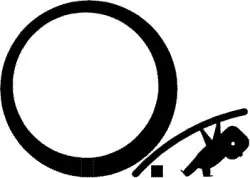
Understanding Forex Leverage
So, what does all of this mean to the average day trader? It means that leverage can be a great friend because it can help you earn a lot of money in the markets, without having to put a lot into the trade. However, higher leverage is a double edged sword. You obviously stand to loss more with higher leverage as well.
The best tip when applying leverage to your account is not to look at your possible gains, but at your possible losses.
Example: You are trading a mini lot account which means you only need about $500 for the balance, and you can trade 50:1 on a 10k size lot. You decide to trade the EUR/USD, and go for the maximum leverage allowed. If you purchase 2.5 lots, you would essentially be trading $25,000/$500.
Let’s say that you are using an intraday trading system, and you set your stop loss at 25 pips. If your trade doesn’t go as you planned, and your stop loss is triggered, you would be down about $62.50, because in a mini account each pip would be worth $1 per round lot. And the spread cost would factor in.
Trying to get your money back, you use the maximum leverage again, and you lose again. At this point, in just two trades, your account would be down to about $375, or a 25% loss.
One of your main jobs as a Forex trader is not to just make money, but to protect your money. The two biggest threats to your account balance are your emotions, and misuse of leverage.
Defining Forex Leverage and Margin:
Margin: Margin is the amount of money a broker will require you to have in your account at the time you place your trade as a deposit, or measure of trust so that you can leverage the rest for the market position.
Leverage: Margin will only cover a small proportion of the larger trade, and leverage will be what the broker ‘loans’ you so that you can be in that position. For instance, in a mini account the market position is $10,000 but you only have to have a small portion of that in your account and leverage funds to fill the rest.
Example: You take a trade with the EUR/USD of 5 mini lot contracts (a market position of $50,000). Each pip is equals $1, so 5 contracts would be $5 pip value. You make 100 pips, you make $500. But you didn’t have to put up the full $50,000 to be in the market, just a portion of it. The rest was leveraged through the broker.
Some things you should know about leverage:
(1) To know your real leverage you need to divide your principal into your positions.
(2) Every broker will have their own leverage limits. Even though the law maxes at 50:1, some brokers may have a smaller ratio. Make sure you know what that is.
(3) Leverage is typically your margin requirements presented as a ratio, and as your account balance increases if you keep your leverage the same ratio, your trade size will increase as well. This will give you greater returns, but it is also a higher level of risk.
(4) Leverage is not your balance required, but the position power you can purchase.
In Forex you will often hear the phrase “risk management” or “money management”, this is what is being talked about. Leverage is what will determine how much you gain or lose in a trade.
Learning indicators, candles, or systems are strategies for knowing when to get in or out of the market, or where to set your take profit or stop loss limits. But deciding on your leverage will be where you control your money flow.
When you are deciding how much to put up for a position, don’t just think about how much money you will gain if it is a winning position, but consider how much you could lose as well. In fact, calculate what your account will look like with 3-4 loosing trades in a row, because multiple losses are common in trading, and to be risk smart you have to be prepared to weather the impact. You cannot trade if there is no money left in your account to trade with.

